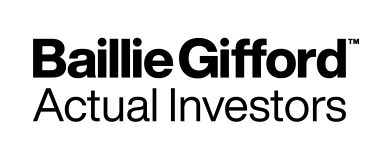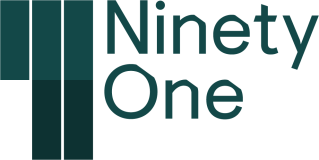Investor sentiment around the world was dampened during April as higher-than-expected inflation and employment data from the US stifled hopes of an imminent reduction in interest rates.
- The US economy grew by a lacklustre 1.6% during Q1
- Inflation continued to fall in Europe
- The ECB is widely expected to cut rates in June
‘Higher for longer’: investor sentiment around the world was dampened during April as higher-than-expected inflation and employment data from the US stifled hopes of an imminent reduction in interest rates. Bond yields rose amid expectations of ‘higher-for-longer’ rates: the yield on the ten-year US Treasury bond ended April at 4.68%, compared with 4.21% at the end of March, while the thirty-year Treasury bond yield rose from 4.35% to 4.78%. Over the month, the Dow Jones Industrial Average Index fell by 5%.
“Bond yields rose amid expectations of ‘higher-for-longer’ rates”
US growth disappoints: having expanded at an annualised rate of 3.4% in the final three months of 2023, the US economy grew by a relatively lacklustre 1.6% during the first quarter of 2024. In a speech, Federal Reserve (Fed) Chair Jerome Powell highlighted: “solid growth, a strong but rebalancing labour market, and inflation moving down to 2% on a sometimes bumpy path”. The Fed’s first cut in interest rates is now widely expected to take place in September, with a second cut possible towards the end of the year.
Cut on the cards for Europe? Despite the news from America, the European Central Bank (ECB) is still expected to implement a rate cut in June. The ECB left its key interest rate unchanged for another month at 4.5% but indicated that policymakers were continuing to move towards a more dovish stance, fuelling speculation that a cut was on the cards for June. In a statement, the ECB said that, if inflation continues to move sustainably towards its 2% target, “it would be appropriate to reduce the current level of monetary policy restriction”. The rate of inflation in the eurozone fell to 2.4% year on year during March, and the bloc’s economy grew by 0.3% over the first quarter. Over April, the Dax Index fell by 3%.
BoJ to tighten? Business confidence deteriorated amongst large Japanese manufacturing companies during the first three months of 2024, according to the Bank of Japan’s (BoJ’) quarterly Tankan survey. Although the BoJ maintained its monetary policy stance during April, speculation is growing over the possibility of another rate increase later in the year. Meanwhile, the yen weakened against the US dollar amid rising expectations of ‘higher-for-longer’ US rates, but subsequently rebounded, triggering conjecture that Japanese authorities had intervened. The Nikkei 225 Index fell by 4.9% over the month.
To view the series of market updates through April, click here









